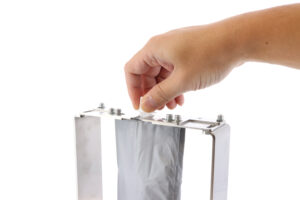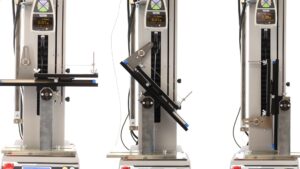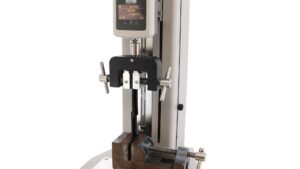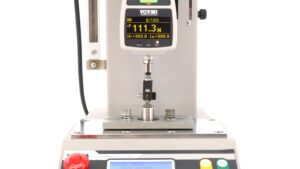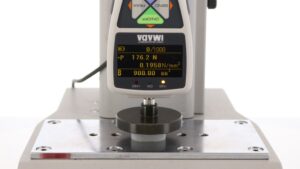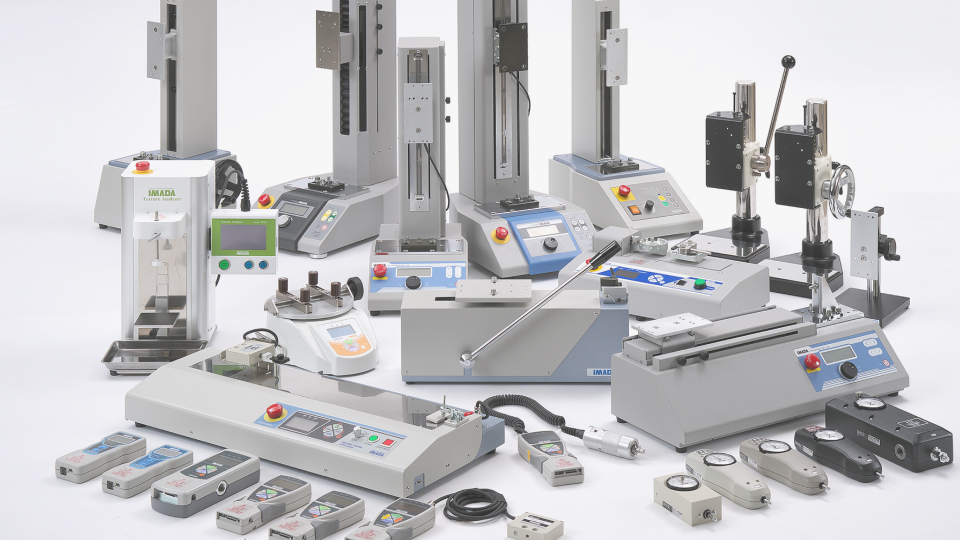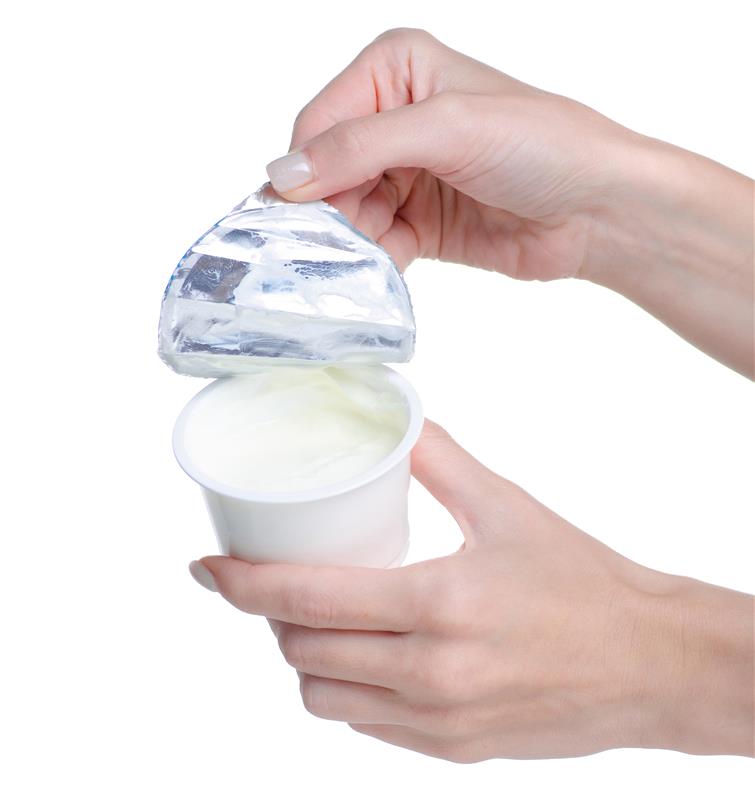
You may recall some movies if you hear “Force Measurement”. But when IMADA says force, it means the one in physics, and then our “force measurement” may become unfamiliar to you. However, the technology of “Force Measurement” is deeply involved in ensuring the daily goods’ convenience and safety. This technology plays a crucial role in evaluating product reliability such as performance or durability in many industries with objective data instead of human perception.
This article introduces how force measurement enhances the “usability” and “safety” of products, as well as to “reducing environmental impact,” by explaining its specific contributions.
Overview and Basics of Force Measurement: What is Force Measurement?
Force measurement is a technology that measures different kinds of forces (such as pushing, pulling, rotating, twisting, and bending) applied to products. It evaluates how well the product can withstand these forces or function properly when subjected to various forces. This technology is essential for objectively determining whether a product can perform as expected.
During the R&D stage, force measurement is utilized to evaluate the ideal materials and structures. This allows designers to efficiently develop products without using excessive materials while achieving intended performance. Additionally, during the manufacturing stage, it is utilized to minimize variations in the finished products, ensuring standardized and reliable products.
Force measurement is an essential technology that supports all stages of manufacturing, from design and production to quality control.
The Role of Verifying the Usability of Force Measurement
Force measurement is adopted to evaluate the “usability” of products. It not only ensures appropriate operation feeling and user experience but also helps reduce quality variations during the manufacturing stage, contributing to the stable provision of products.
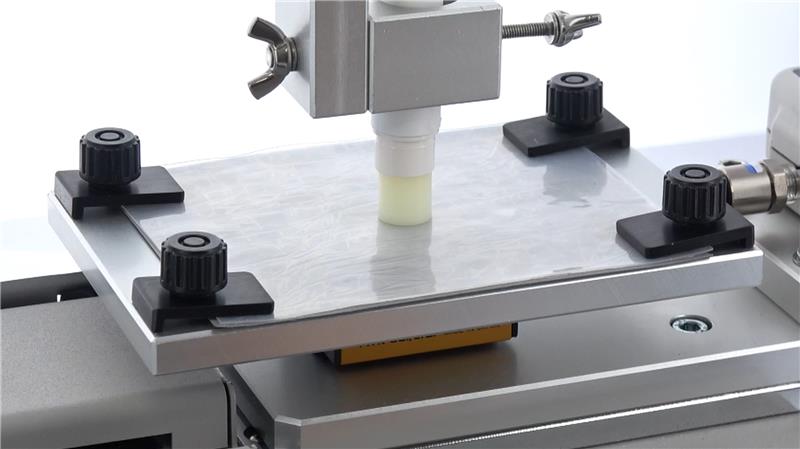
Examples
- Measuring the opening force of heat-sealed lids: This involves measuring the adhesive strength and peel strength of lids on containers such as instant noodles, jelly, and coffee containers of convenience store to balance ease of opening and sealing performance.
- Measuring the softness of food: Measuring the softness of dough during production and the softness of the food itself.
- Measuring the break strength of lip balm: Evaluating the resistance to breaking during use.
- Evaluating the feel of cosmetics: Measuring the softness of products like foundation and emulsion.
- Evaluating the feel of diapers: Objectively quantifying softness and texture.
- Evaluating the operation feeling of game controllers: Measuring the pressing force of buttons to numerically evaluate part of the operation feeling.
The Role of Force Measurement in Ensuring Safety
Force measurement plays a role in supporting the safe use of products. It contributes to providing products that are durable and lead to safety.
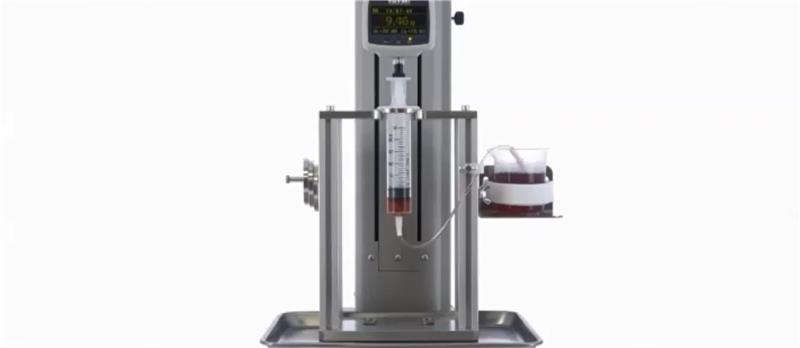
Examples
- Measuring the slipperiness of sports facility floors: Checking the slipperiness of floors (wax) in gymnasiums and other facilities to contribute to safety.
- Tensile strength testing of medical supplies joints: Ensuring that the strength of joints in IV tubes and catheters meets standards and regulations.
- Measuring the pressing force of syringes: Contributes to ensuring an appropriate relationship between the force and amount of medication expelled from the syringe.
- Strength testing of child seats for bicycles: Ensuring that seats and mounting brackets meet standards and regulations.
- Measuring the pedal stepping force of car accelerator and brakes: Verifying operation feeling and durability to ensure safety.
The Role of Reducing Environmental Impact through Force Measurement
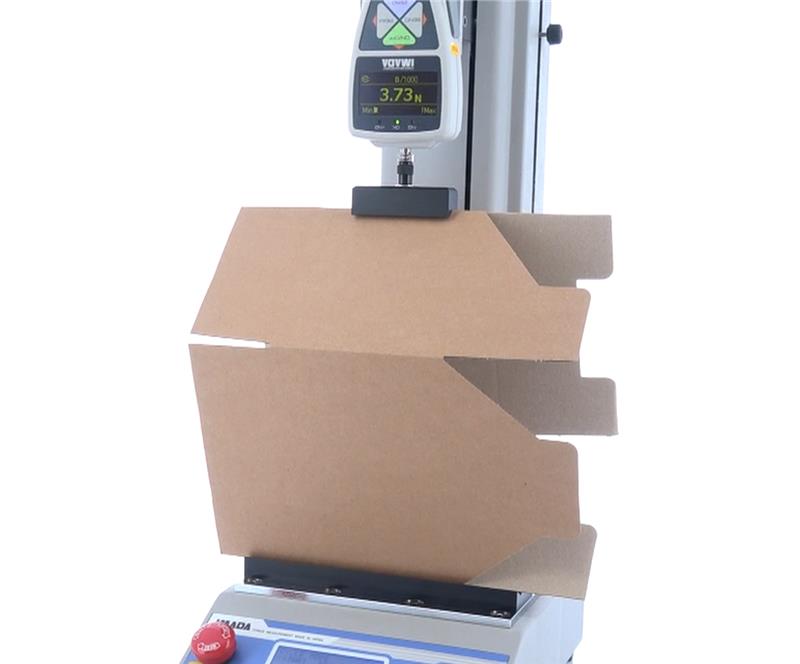
By leveraging force measurement, we can accurately assess product durability, improve design and reduce waste, as a result contributing to the reduction of environmental impact. Designing with the minimum necessary materials to provide adequate strength allows for efficient use of resources.
Examples
- Strength testing of PET bottles and plastic products: Contributing to the appropriate design of thickness and shape.
- Load-bearing tests of cardboard: Balancing material savings with sufficient strength.
- Measuring the rebound force of bubble wrap and cushioning materials: Contributing to product protection with minimal material.
- Peel strength testing of solar panels and lead wires: Supporting the performance of components in environmentally friendly products.
Summary
Force measurement plays a significant role in supporting the performance and reliability of products at every stage from R&D to manufacturing. In the R&D stage, it supports the evaluation of materials and structures, and in the manufacturing stage, it helps reduce quality variations to provide standardized products. This technology not only involves measurement and testing but also contributes to product safety and comfort, as well as reducing environmental impact. The development of products utilizing force measurement will continue to support our lives by providing convenient and safe solutions.
The examples introduced in this article are just a small part of force measurement. For more detailed technologies and applications to products, please refer to the articles on this site. Exploring the complexities of force measurement will enhance your comprehension of the products you use daily.


